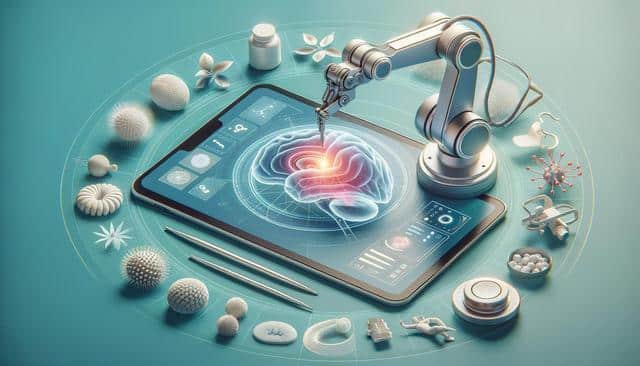Understanding Stroke Therapy
Stroke therapy is an essential component in the recovery journey for stroke survivors. This comprehensive process involves various strategies to help individuals regain their abilities and improve their quality of life. One of the primary goals of stroke therapy is to enhance motor skills and coordination, which can be significantly impaired after a stroke. Stroke therapy often begins in a stroke therapy center where patients have access to specialized care and equipment. The journey usually starts with an assessment by medical professionals to tailor a therapy plan that suits the unique needs of each patient. This personalized approach ensures that the therapy targets the specific areas affected by the stroke, such as mobility, speech, and cognition.
The Role of Brain Therapy
Brain therapy for stroke patients is a pivotal part of the rehabilitation process. This type of therapy focuses on re-establishing neural connections and promoting neuroplasticity, which is the brain’s ability to reorganize itself by forming new neural connections. Through targeted exercises and activities, patients are encouraged to practice movements and tasks that promote brain recovery. Techniques such as repetitive task training and constraint-induced movement therapy are widely used to enhance brain function. Additionally, technology-assisted therapies, like robotic devices, are increasingly being integrated into stroke therapy to provide more dynamic and effective treatment options. These developments are particularly beneficial in improving hand function, often a primary concern in stroke therapy hand treatments.
Locating Stroke Rehabilitation Services
Finding the right rehabilitation center for stroke recovery is crucial for effective treatment. Many people search for stroke recovery rehab near me to locate facilities that offer comprehensive care. These centers typically offer a range of services, including occupational, physical, and speech therapy. It is important to consider the center’s reputation, the qualifications of the staff, and the availability of advanced therapeutic technologies. Some centers are renowned for their multidisciplinary approach, involving a team of specialists who collaborate to address various aspects of stroke recovery. Each patient’s treatment plan is often adjusted based on their progress, which is closely monitored by the therapy team.
Importance of Stroke Exercises
Incorporating stroke exercises into daily routines is essential for recovery. These exercises are designed to improve strength, flexibility, and endurance, which are often compromised after a stroke. A therapist will usually guide patients through exercises that are safe and effective. These may include activities like stretching, balance exercises, and strength training. Regular practice of these exercises can lead to significant improvements in mobility and function. Stroke exercises also play a critical role in preventing secondary health issues, such as muscle atrophy or joint stiffness, which can arise from prolonged inactivity.
Seeking Stroke Therapy Near You
Access to stroke therapy near me can significantly impact the recovery process. Proximity to quality care allows for more frequent sessions, which can enhance outcomes. Many regions have stroke rehabilitation centers nearby that offer specialized programs tailored to individual needs. When choosing a facility, it’s beneficial to look for one that provides a supportive environment and encourages family involvement in the recovery process. Family members play a vital role in supporting a loved one’s recovery journey, offering emotional support, and assisting with therapy exercises at home.
Conclusion: Pathways to Recovery
Stroke therapy is a multifaceted approach that requires dedication and support from both medical professionals and family members. By understanding the importance of personalized therapy strategies and utilizing available resources, patients can embark on a successful recovery journey. Whether it’s through targeted brain therapy for stroke patients or finding a well-regarded stroke rehabilitation nearby, the key lies in a comprehensive, patient-centered approach. Ultimately, the goal is to empower stroke survivors to regain independence and improve their quality of life.
